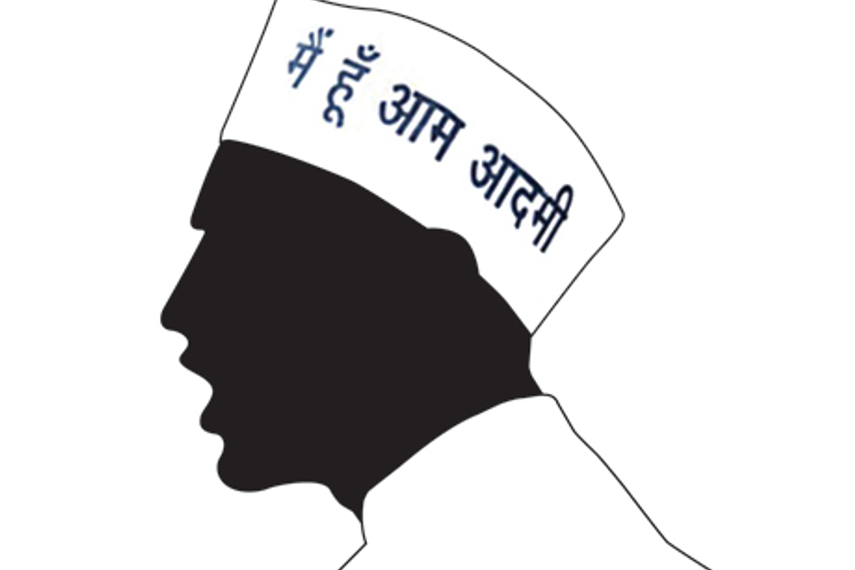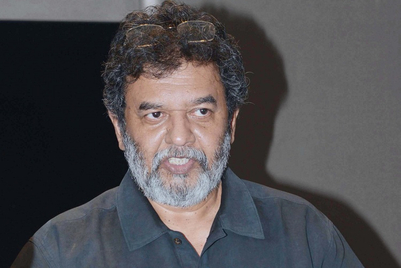
It doesn’t take a political expert to decipher that the Aam Aadmi Party came to power in Delhi, as a result of it being able to channelise the common man’s angst against corruption and the political system. It was aided, add some, by promise of sops that would appeal to the common man. And as one would expect, the political brand has stated its intent to go national. This, even as multiple hurdles are thrown its way in Delhi. And while it may be a familiar name in many parts of the country, can it impact elections outside the national capital?
Before we get to the question of votes, one needs to ascertain if AAP be able to create as much buzz as it did in New Delhi, in the rest of the country. Do we see other markets seeking ‘Brand AAP’ to cater to their grievances?
Ramanujam Sridhar, founder and CEO, Brand-Comm, points out that the AAP cannot be referred to as a brand - yet. “It is actually not a brand. Basically, people want change and this party seemed to represent that. Because it has got a name and a symbol, you can call it a brand - but I think that’s a bit premature,” he reasons.
He does however agree to the fact that there is a need for change in the country and the citizens are looking for an alternative and some sort of viable change. He explains, “Based on whatever has happened in Delhi, there is a feeling that maybe they can go national. Whether they will have the same response across the country where the people are not known locally, or whether the same issues that are seen as relevant in Delhi will be relevant nationally, is what that needs to be seen.”



Ready to go national?
AAP still has its many promises to fulfil In Delhi where it has recently formed the government, even as it plans to campaign for the 2014 Lok Sabha elections. Despite the pressure, this might be the best time to take wing, say industry watchers.
Santosh Desai, MD and CEO, Futurebrands India, is among those who considers this to be the right time for the party to go national. He reasons, “It already is national as far as people’s minds are concerned.” He further explains that there is a groundswell in the party’s support and it should act on this support and mind space right now.
Concurring, Arvind Sharma, former chairman and CEO India subcontinent, Leo Burnett, thinks that the current momentum sways in favour of Aam Aadmi Party and it will do well to build a pan-India presence right now.
Prathap Suthan, managing partner and chief creative officer, Bang In The Middle, takes a neutral stand on whether the party should go national. He notes that while the party needs to get familiar with the governance and prove itself, it needs to act now on its popularity.
He added, “If they don’t go national now, another five years might be too long a wait and they will miss their fuel and opportunity. By that time, in 2019, their freshness will go, the country’s energy to seek change could vanish, and they will completely lose out of their potential of promise. If they have to go national, now is the time.”
On the scope for success of the party nationally, Satbir Singh, managing partner and chief creative officer, Havas Worldwide India, articulates that AAP has support from diverse regions such as Mcleodganj (HP), Amritsar and Mumbai.
He adds, “The single minded anti-corruption proposition will have takers across the length and breadth of the country. We have seen them do it successfully in a place as politically sensitive as Delhi. There's not much time from now to the general elections, but they will make an impact everywhere they stand from.”
Barriers to cross
Desai, however, predicts that AAP will not be anywhere near to being as successful as it was in Delhi. He says, “They have to define success differently. They can’t define it in a way like Delhi has defined it for them. They have really worked hard at the grassroots level in Delhi and in the next six months before the elections, there is no way they can do that nationally.”
Suthan too states that he is not too sure about the party’s success nationally because the party doesn’t seem to have compelling and committed personalities like Kejriwal across the land. He surmises, “The nation needs many more of those people, if this has to convert into a national triumph. More importantly, scale is an issue. While India is wracked by corruption, it is also whipped by other issues. For a young party, without credentials of successful governance, the mantle of the nation might be far more than they can handle.”
According to Sridhar, the issue of corruption is not the only issue with other markets and the party should focus on the other aspects as well. He elaborates, “If I look at the South markets, things like corruption are not such a big issue. They were a very big issue in Delhi because of the fact of the Commonwealth Games scam and a whole lot of things that happened around this time.”
He adds that the party has ‘absolutely no attraction’ in the South. Ceding that it might have some traction in metros like Bengaluru, because there are a lot of people supporting it, he adds, “If Anna Hazare had been there it might have been different, but they couldn’t even hold each other together for six months - one year. So it’s not that everything about the party is ideal.”
On the other hand, Sharma views the party already getting positive response in Karnataka. On the possibility of a language barrier, starting with the party’s name, he counters, “In a country as multilingual as India, when you are fighting elections in Delhi obviously you have to be speaking in Hindi. There are enough well educated and qualified people in the party who can communicate in all the languages in the country, so I don’t think it is an issue.”
Singh concurs. His logic is that if Bharatiya Janata Party could appeal to non-Hindi belts, there should be no problem for the Aam Aadmi Party.
Suthan offers another take on the language being a barrier for the party. After all, people did not vote for the name - they voted for their boldness, temerity, and hope, he reminds us.
One hopes for the sake of the Aam Aadmi Party that their ideology will travel, transcending languages and geographies.

It is actually not a brand. Basically, people want change and this party seemed to represent that
Ramanujam Sridhar, founder and CEO, Brand-Comm
.jpg&%3bc=0)
They have to define success differently. They can’t define it in a way like Delhi has defined it for them
Santosh Desai, MD and CEO, Futurebrands India

The current momentum sways in favour of Aam Aadmi Party and it will do well to build a pan-India presence right now
Arvind Sharma, former chairman and CEO India subcontinent, Leo Burnett

While the party needs to get familiar with the governance and prove itself, it needs to act now on its popularity
Prathap Suthan, managing partner and chief creative officer, Bang In The Middle

The single minded anti-corruption proposition will have takers across the length and breadth of the country
Satbir Singh, managing partner and chief creative
officer, Havas Worldwide India


.jpg&h=268&w=401&q=100&v=20250320&c=1)
.jpg&h=268&w=401&q=100&v=20250320&c=1)


.png&h=268&w=401&q=100&v=20250320&c=1)



